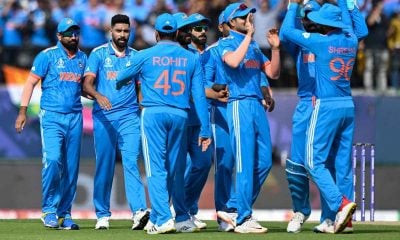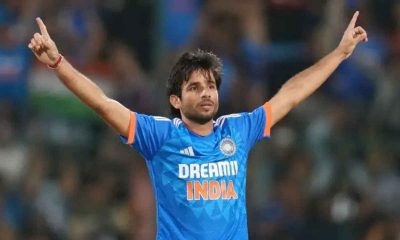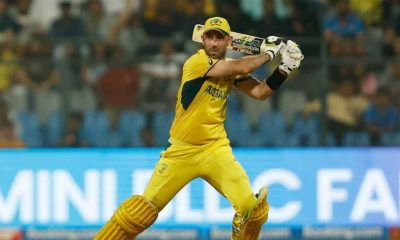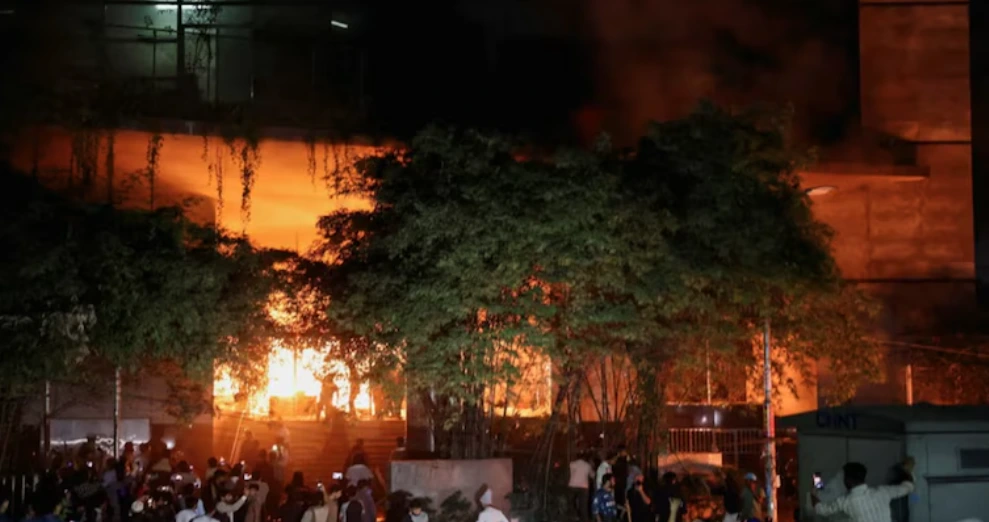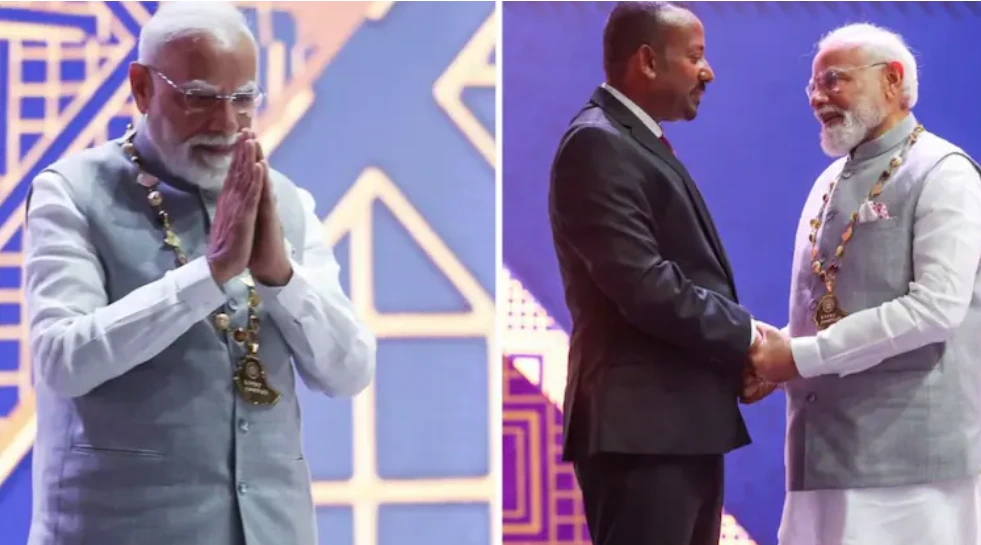Latest world news
29 killed in twin terror explosions in Kabul

Latest world news
Bangladesh rocked by violent protests after student leader Sharif Osman Hadi’s death, anti-India slogans raised
Bangladesh has witnessed widespread violence and protests following the death of student leader Sharif Osman Hadi, with arson, anti-India slogans and a nationwide security clampdown.
Latest world news
India closes two more visa centres in Bangladesh amid worsening security concerns
India has temporarily closed visa application centres in Rajshahi and Khulna, citing security concerns following protests near Indian establishments in Bangladesh.
Latest world news
PM Modi receives Ethiopia’s highest civilian honour, first world leader to get award
PM Modi has become the first global leader to be awarded Ethiopia’s highest civilian honour for strengthening bilateral ties and global leadership.
-
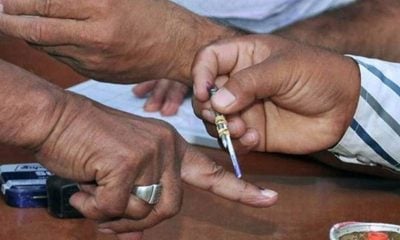
 India News20 hours ago
India News20 hours agoAAP dominates Punjab zila parishad polls, leads in most panchayat samiti zones
-
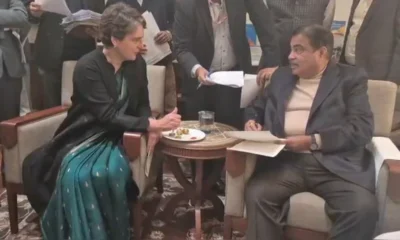
 India News20 hours ago
India News20 hours agoPriyanka Gandhi meets Nitin Gadkari over Kerala road projects, light moments mark discussion
-
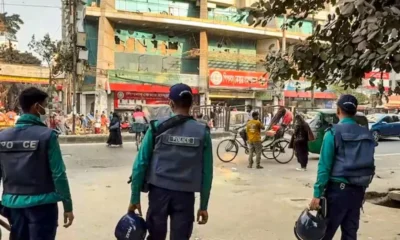
 Latest world news20 hours ago
Latest world news20 hours agoIndia closes two more visa centres in Bangladesh amid worsening security concerns
-

 India News2 hours ago
India News2 hours agoG RAM G bill replacing MGNREGA passes Parliament amid opposition walkout and protests
-
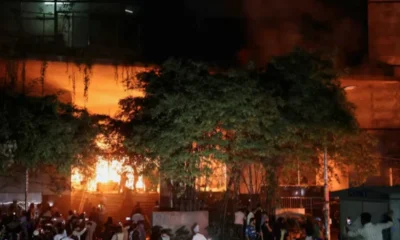
 Latest world news2 hours ago
Latest world news2 hours agoBangladesh rocked by violent protests after student leader Sharif Osman Hadi’s death, anti-India slogans raised
-

 India News9 mins ago
India News9 mins agoRahul Gandhi attacks G RAM G bill, says move against villages and states
-
India News1 min ago
Renaming MGNREGA removes core spirit of rural employment law, says Shashi Tharoor







